By Rajeswari Pillai Rajagopalan
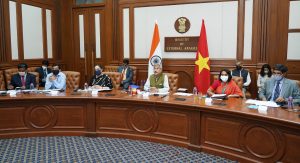 Earlier this week, India and Vietnam held the 17th meeting of their bilateral Joint Commission on Trade, Economic, Scientific and Technological Cooperation. The Indian Ministry of External Affairs (MEA) in a statement said that the meeting was co-chaired by External Affairs Minister S. Jaishankar and Vietnam’s Deputy Prime Minister and Minister of Foreign Affairs Pham Binh Minh via video conference.
Earlier this week, India and Vietnam held the 17th meeting of their bilateral Joint Commission on Trade, Economic, Scientific and Technological Cooperation. The Indian Ministry of External Affairs (MEA) in a statement said that the meeting was co-chaired by External Affairs Minister S. Jaishankar and Vietnam’s Deputy Prime Minister and Minister of Foreign Affairs Pham Binh Minh via video conference.
It appears that both sides have been pleased with outcomes of the meeting an the pace of the relationship. Jaishankar was particularly appreciative of Vietnam’s positive leadership of ASEAN (the Association of Southeast Asian Nations) this year, especially at a time when the region is battling the COVID-19 pandemic. Both sides reportedly also discussed China’s aggressive behavior in their respective neighborhoods.
At the meeting, the two sides took stock of the state of the India-Vietnam Comprehensive Strategic Partnership and agreed to step up their defense and economic partnership. The two sides put special emphasis on areas such as civil nuclear energy, space, marine sciences, and emerging technologies. India and Vietnam also agreed to strengthen their strategic partnership “in line with India’s Indo-Pacific Oceans Initiative (IPOI) and the ASEAN’s Outlook on Indo-Pacific to achieve shared security, prosperity and growth for all in the region.”
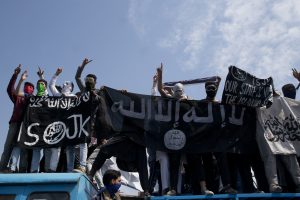






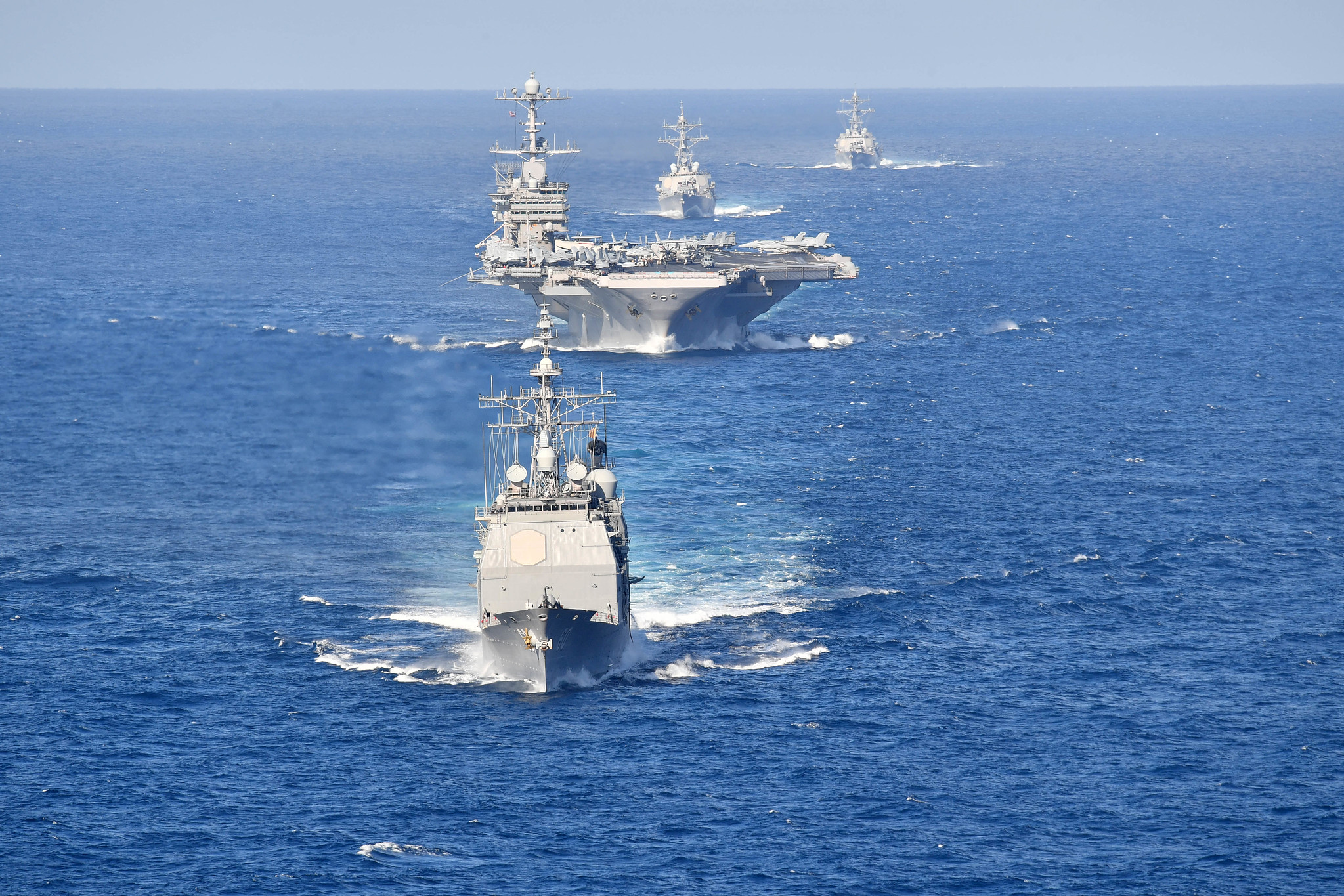



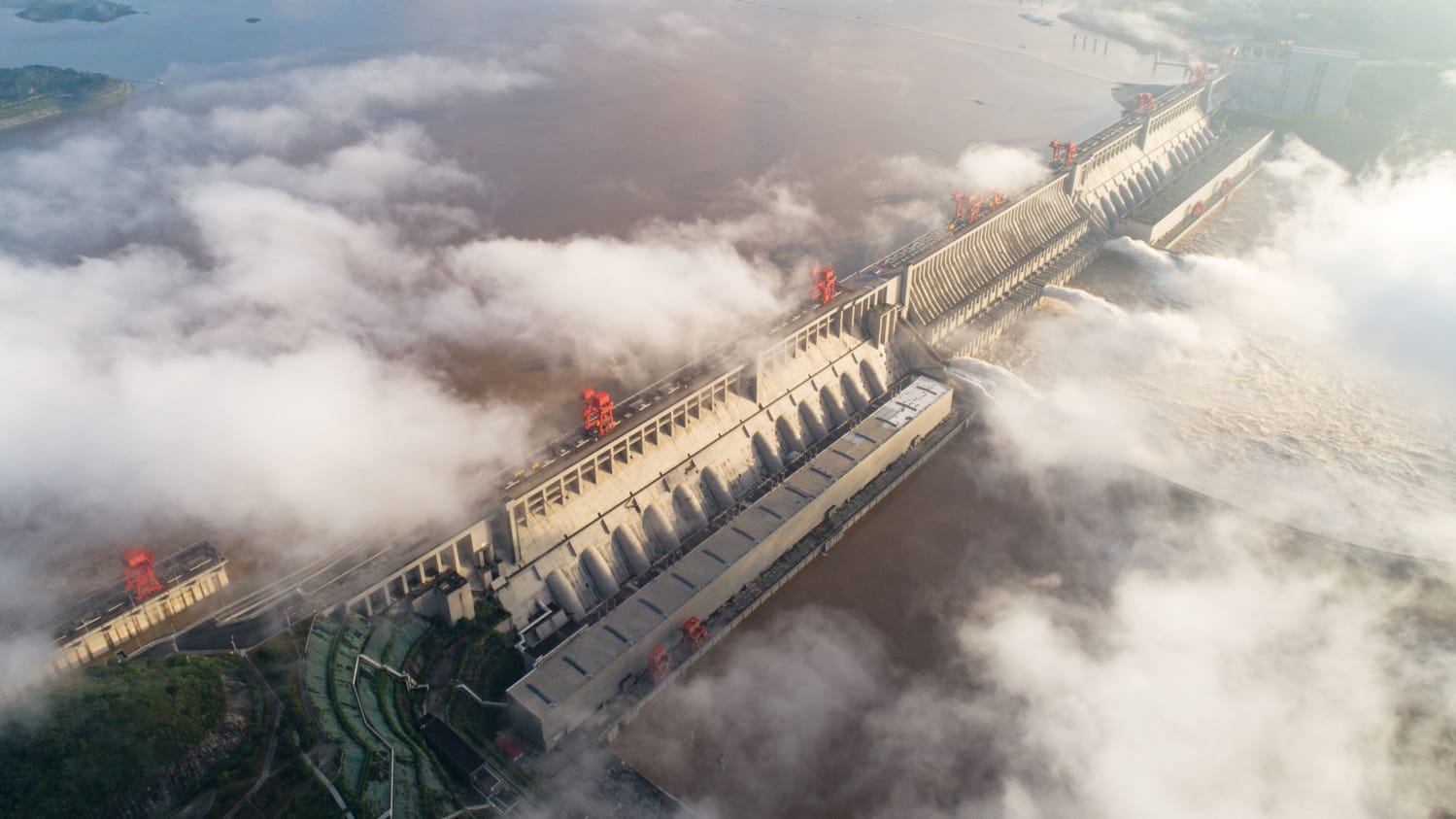

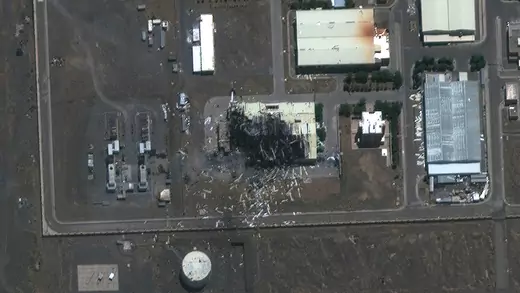


/cloudfront-us-east-1.images.arcpublishing.com/mco/UXMQA65WBJGF3IZK73ZIQQLDUI.jpg)



